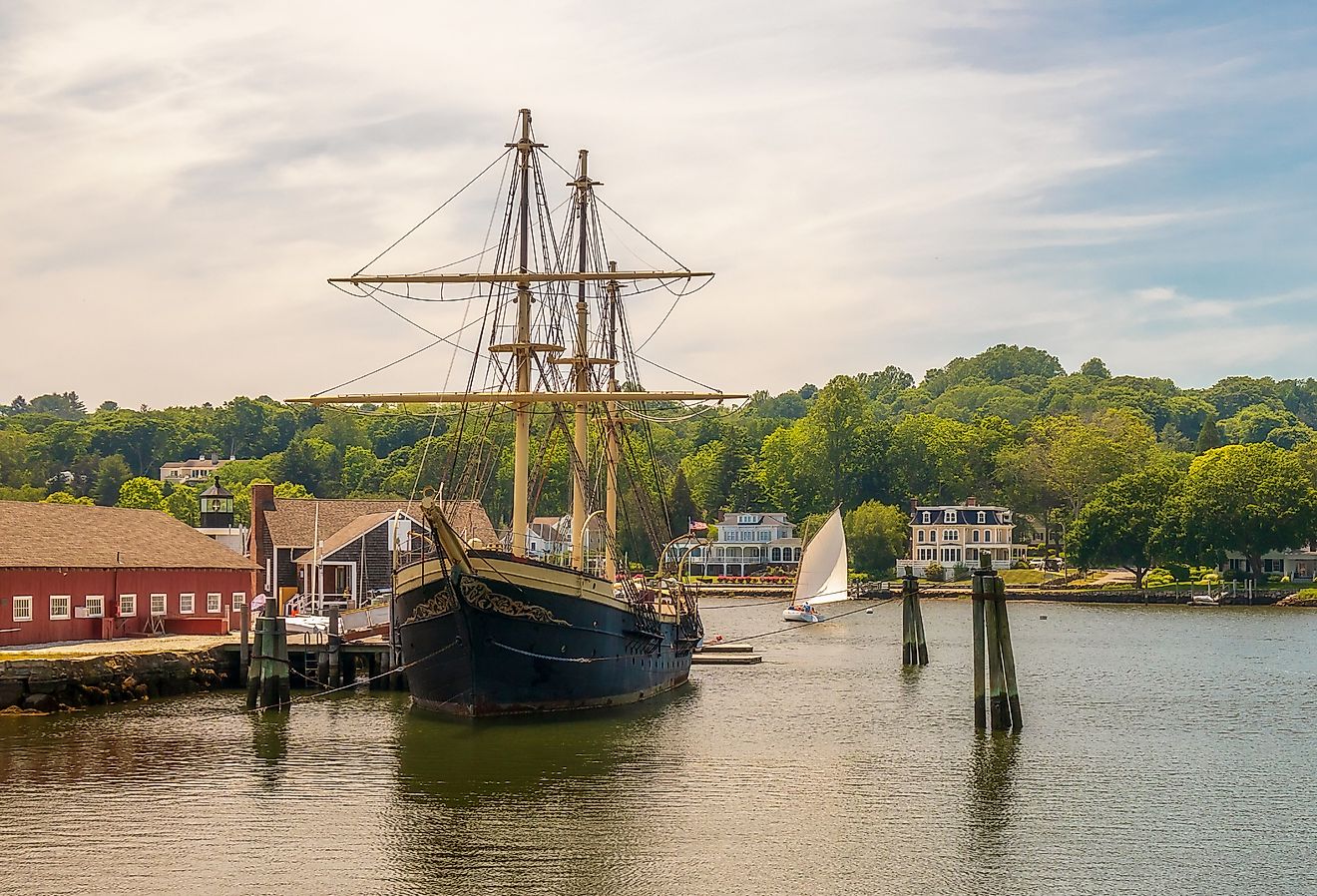Wulingyuan, China - Unique Places around the World

Wulingyuan is located in the Hunan Province of China. Wulingyuan has several national parks under its administration. One of its more popular destinations is China's first national forest park, Wulingyuan-Zhangjiajie National Forest Park. The attractions here include the karst mountains of sandstone, karst pillars, caves, lakes, rivers, deep canyons, and friendly rural villages. Tourists will likely find the months of April to October as the most pleasant time to visit.
4. Tourism
Wulingyuan is about 155 miles from Changsha. There is a train from the Changsha City to Zhangjiajie City where tourists can take a bus that goes to Zhangjiajie Cun, the park's entrance. The Wulingyuan-Zhangjiajie National Forest Park includes dense forests and deep ravines. In 1992, the park was declared a UNESCO World Heritage Site. Other destinations near Wulingyuan are the Baofeng Lake, Yellow Dragon Cavern and Tianmen Mountain. The park has an admission fee system that ranges from 4 day to 7 day park passes. The local people living in the area have great hospitality and often welcome tourists with open arms.
3. Uniqueness
Wulingyuan park has a diverse landscape that changes with each season. The only mainstay is the fog that surrounds the quartz sandstone karst pillars and the surrounding areas. Many activities are permitted in the park like hiking, sightseeing, boat trips and walking tours. There are two cable car rides in two different locations in the park while tourists can ride the internal bus for free to go to different attractions. Park maps are also available at the entrance. Tourists should be aware that the park sits on 26,000 hectares of parkland. Streams, pools, waterfalls, caves and gorges all make the park a real place to explore.
2. Habitat
The park has three natural reserves which are home to plants and animals. The animal population consists of 50 families with 116 species. The rhesus macaques have the largest populations in the park. The rare Chinese salamander and pangolins can also be found here. Rare birds like the water carrying birds thrive here. Plant life includes 500 tree species with the rare dawn redwood tree and the fossil Dove tree that numbers to almost 10,000 trees with only one 100-foot tall king Dove tree. There are also Chinese chestnut trees and Tangerine trees. Among the very colorful flowers in the park is the Lobster flower.
1. Threats
Tourists must be aware that hiking here is not for the faint of heart. The steep drop-offs and high cliffs should be avoided. Taking anything that belongs to the natural resources of the park is prohibited. Stay only in the well-marked trails. The climate in the park varies greatly from 64.4 degrees Fahrenheit (18°C) in the early morning to 86 degrees (30°C) at noon. Restaurants outside the park have better pricing than the restaurants inside the park. The Chinese government has taken steps in recent years to monitor tourist impact on the park. These are implemented by local agencies who continuously upgrade the park's ecosystem by removing undesirable objects from inside the park.











